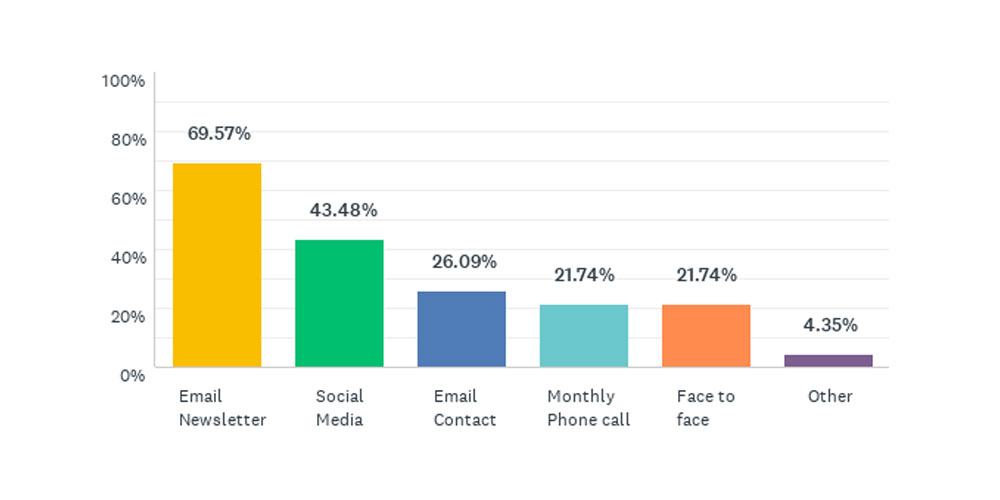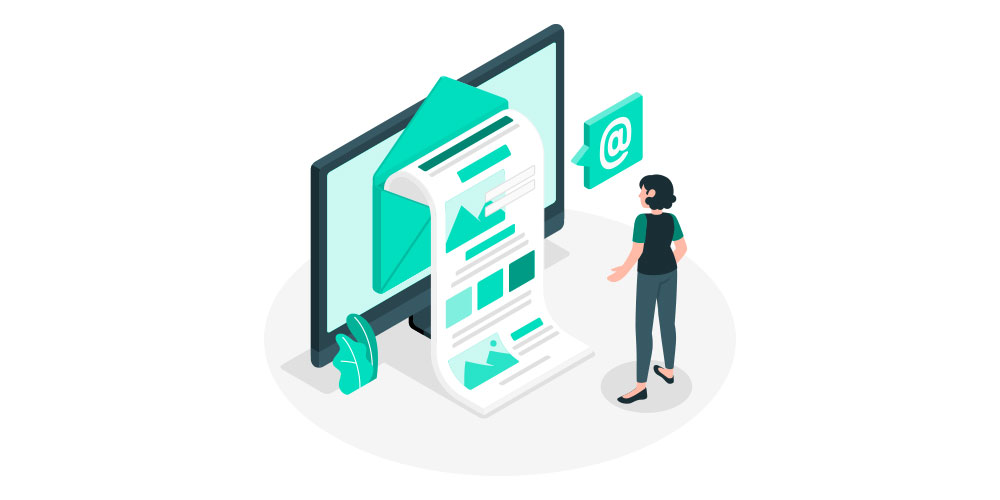Recently Meta conducted research into the ways in which we can co-create value through engagement between us and our clients. This was to improve our Customer Engagement Strategy (CES).
A CES within the context of the overarching marketing strategy is developed to map out all touchpoints that customers or prospects will potentially encounter from pre-purchase to post-purchase points of interaction with a company. These touchpoints include word-of-mouth, digital media, social media, traditional media, direct marketing, company personnel, collaborators and even other business customers.
The CES is a two-way concept that creates value not only from the company to customer but also from customer to company, thus encouraging and building longterm relationships that are mutually beneficial.
In today’s world, we have a plethora of ways to engage with our customers and offer them value. In-turn, our customers have many ways they can reach out and add value to us.
When we conducted our research we decided to look at all the various methods of engagement we utilise and find out which ones worked best for our clients. We wanted to get a clearer understanding of the types of subjects, topics and content our customers wanted from us for each of these various engagement methods.

We found that the majority of our customers preferred the good ol’ email newsletter as their primary method of engagement. For us, this was very interesting as we had expected social media platforms such as LinkedIn and Facebook to feature at the top of the pack. The research showed that although our customers did put high value in these platforms they felt less pressure and more flexibility with their time when engaging with a newsletter. The perception was that social media platforms unconsciously put pressure on customers to engage rather than giving them the choice and flexibility to reciprocate engagement on their terms.
Reach out to your customers with the right olive branch and let them make the engagement choices that suit them.
Newsletters offer you the chance to reach out to your audience in a non-threatening way with no expectation to engage immediately. The audience can choose an appropriate time to engage with the content that suits them with no pressure. They also have the ability to pick and choose which content interests them as an individual. This then enables them to start a conversation with your company based on their terms.

A recent survey by Uplers echoes our findings based on input from over 130 international digital agencies from around the world. I recommend you go check it out if you’d like to get their perspective on the subject.

So we found out what medium our customers preferred to engage with us on, next we needed to figure out how frequently they wanted to hear from us.
Not too hot and not too cold but just right please! – Goldilocks
The frequency in which customers receive engagement opportunities is crucial to a successful CES. Canvassing your audience to find out the right frequency of engagement for all your touchpoints is key to creating positive and motivated audience reactions. The frequency you employ for each of these touchpoints will be different business to business and audience to audience so you really need to understand your customer’s preferences to get this right! Your frequency may be:
- weekly
- monthly
- bi-monthly
- quarterly
It all depends on their preferences but make you sure you clearly understand this. For instance, nearly 50% of the candidates we canvased preferred to receive an email newsletter from us at a frequency of 1 per month. And around 20% preferred a newsletter once every quarter. This then gives a fair indication of how we can target specific types of content depending on the frequency preferences of our audience.

The research experience was invaluable and something that revealed some surprising insights into our audiences wants and needs that we hadn’t considered before. By performing some research we gained knowledge and information that has helped us create targeted content that builds trust and confidence with our audience. The research helped us focus our efforts and processes around our own digital marketing.
If you need some help understanding your audiences and what digital marketing options they might engage with, we are here to help. We have a wide range of capabilities to help you research your audience and get your digital marketing mix working for you!






